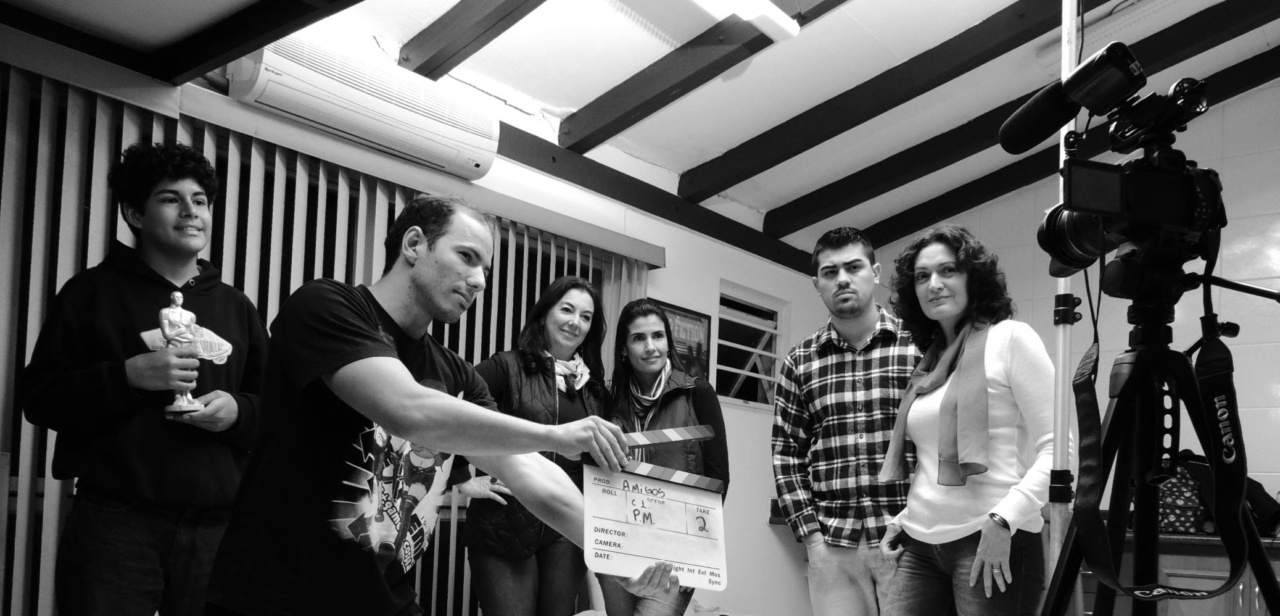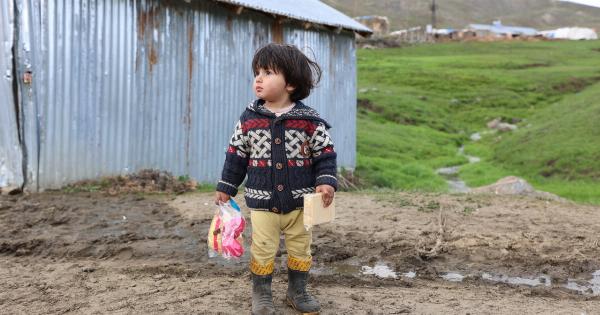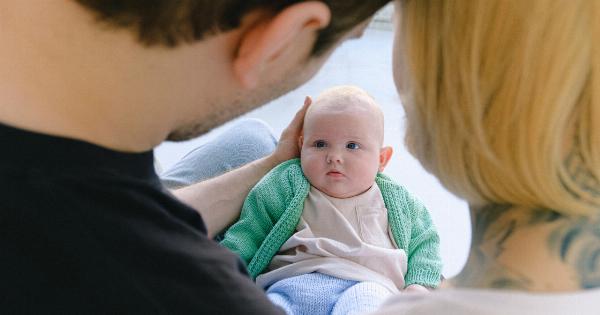As a parent or caregiver, protecting children from harm is one of the most important responsibilities you have.
However, it’s not always easy to know when to take action, especially when you’re unsure if a child is being abused or mistreated. In this article, we’ll explore the signs of child abuse and neglect, and discuss what steps you can take to protect children in these situations.
What Is Child Abuse and Neglect?
Child abuse and neglect can take many forms, including physical abuse, emotional abuse, sexual abuse, and neglect. Physical abuse can include hitting, kicking, or otherwise causing bodily harm to a child.
Emotional abuse can include verbal abuse, such as belittling or threatening a child, and can also include withholding affection or love. Sexual abuse includes any type of sexual contact between an adult and a child, and neglect is any type of failure to provide for a child’s basic needs, such as food, shelter, or medical care.
Signs of Child Abuse and Neglect
Knowing the signs of child abuse and neglect is crucial for protecting children from harm. Here are some common signs that a child may be experiencing abuse or neglect:.
- Unexplained bruises or injuries
- Frequent absences from school
- Changes in behavior, such as becoming withdrawn or aggressive
- Changes in sleep patterns or eating habits
- Unexplained anxiety or fear
- Sudden loss of interest in activities or hobbies
- Sexually explicit behavior or knowledge
If you notice any of these signs in a child, it’s important to take action to ensure their safety.
What to Do If You Suspect Child Abuse or Neglect
If you suspect that a child is being abused or neglected, it’s important to take action immediately. Here are some steps you can take to help protect the child:.
1. Report the Abuse
If you suspect that a child is being abused or neglected, you should report it to the appropriate authorities, such as child protective services or law enforcement. You can make a report anonymously if you’re concerned about retaliation.
2. Gather Information
If you’re unsure if a child is being abused or neglected, take the time to gather information. Talk to the child, if possible, and ask them about their experiences. Keep notes on any physical or behavioral signs that you notice.
3. Document Your Concerns
Document any concerns that you have about the child’s well-being. This can include written notes, photographs, and other documentation that may be useful in an investigation.
4. Support the Child
If you suspect that a child is being abused or neglected, it’s important to offer your support. Let the child know that you’re there for them and that you care about their well-being.
Conclusion
Protecting children from harm is a critical responsibility, and knowing when to take action is essential.
By recognizing the signs of child abuse and neglect, and taking steps to protect children when necessary, we can help ensure that all children have the safe and loving environments they deserve.


























